Despite daunting technological challenges with no clear solution, the Marine Corps is forging ahead with a comprehensive counter-drone strategy that leaders say will have a role for every service member, whether infantry or those in administration.
Of the three components of the Corps’ drone defense plan, as laid out by officers leading the effort at the Modern Day Marine Expo in Washington, D.C., that wrapped up on May 2, the unit protection tranche is the most developed. Some eight years after officers deployed to the Middle East began citing an urgent need for a weapon that would dispatch hostile unmanned aerial systems, the service is now getting close to fielding the vehicle-based Marine Air Defense Integrated System, or MADIS, and L-MADIS, its lighter counterpart specialized for ship defense.
An early version of L-MADIS made headlines in 2019 when it shot down an Iranian drone from the deck of the amphibious assault ship USS Boxer during its operational debut. The current system is designed to be mounted on two Polaris MRZR all-terrain vehicles and be transportable via MV-22 Osprey or CH-53 Super Stallion/King Stallion.
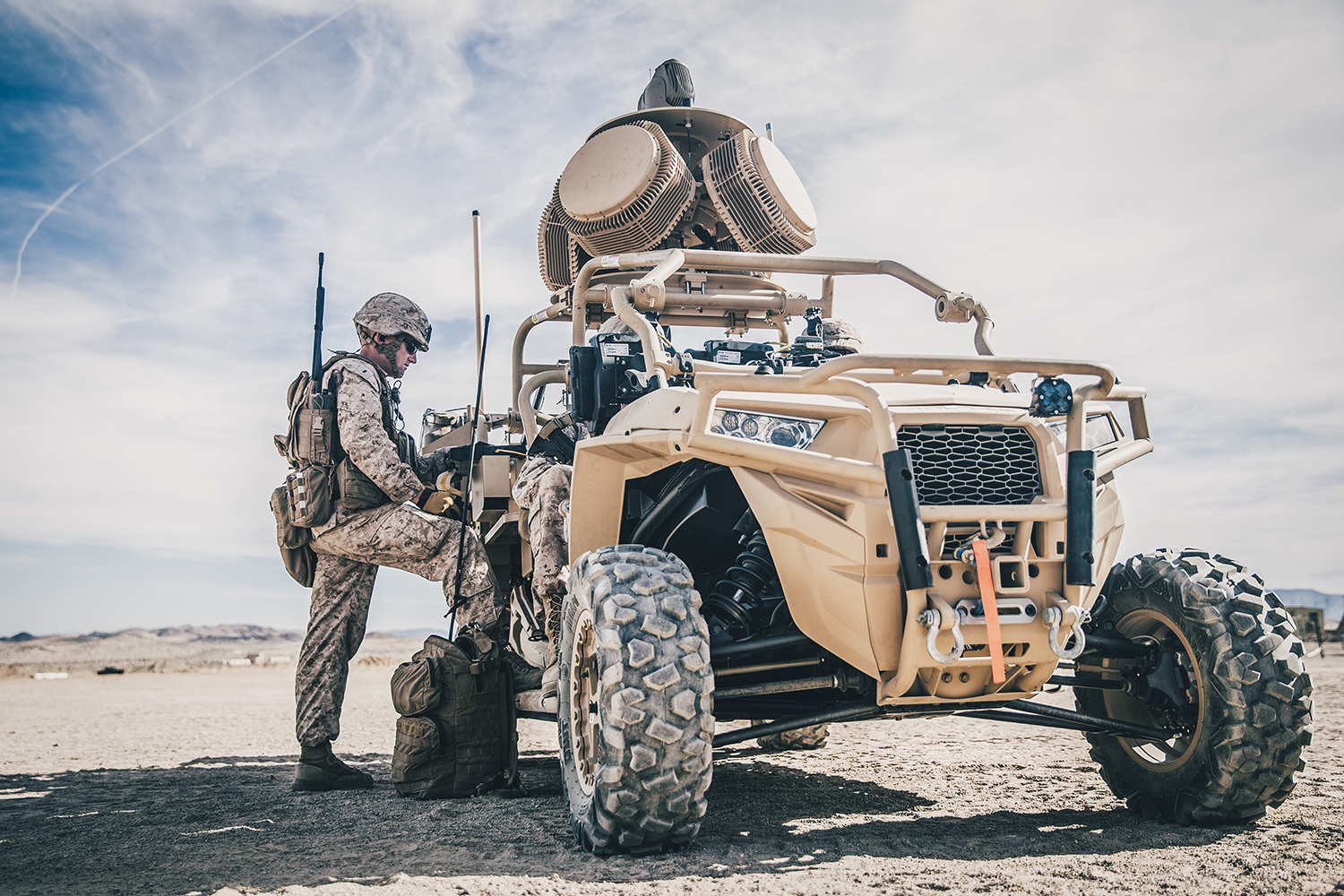
As the Marine Corps has put it, one L-MADIS vehicle carries the brain and the other the brawn. The first holds the CM262U electro-optical sensor turret, the RPS-42 radar, and the Skyview MP passive radio frequency detection system, which all provide a 360-degree surveillance picture of the operating environment. The Modi II jammer on the second vehicle is the weapon for disrupting enemy drone communications and delivering electronic countermeasures. An AN/PRC-158 radio system communicates what it detects to units in the vicinity and at the rear. Kinetic drone engagement is done with shoulder-fired FIM-92 Stinger surface-to-air missiles, also known as man-portable air defense systems (MANPADS), used in conjunction with the system, said Capt. Taylor Barefoot, the Corps’ Counter Unmanned Aerial Systems Capabilities Integration officer.
MADIS, the beefier and more heavily armed counterpart, similarly consists of components split between two Joint Light Tactical Vehicles. In addition to the sensing, targeting, and other technology the vehicles carry, they are both armed with 30mm cannons and M240C coaxial machine guns in remote weapon stations (RWS). The RWS on one of the two vehicles is also configured to fire Stinger missiles for a spectrum of ground-based air defense scenarios.
“All of that is operated from internal to MADIS, from the gunner seat,” Barefoot said.
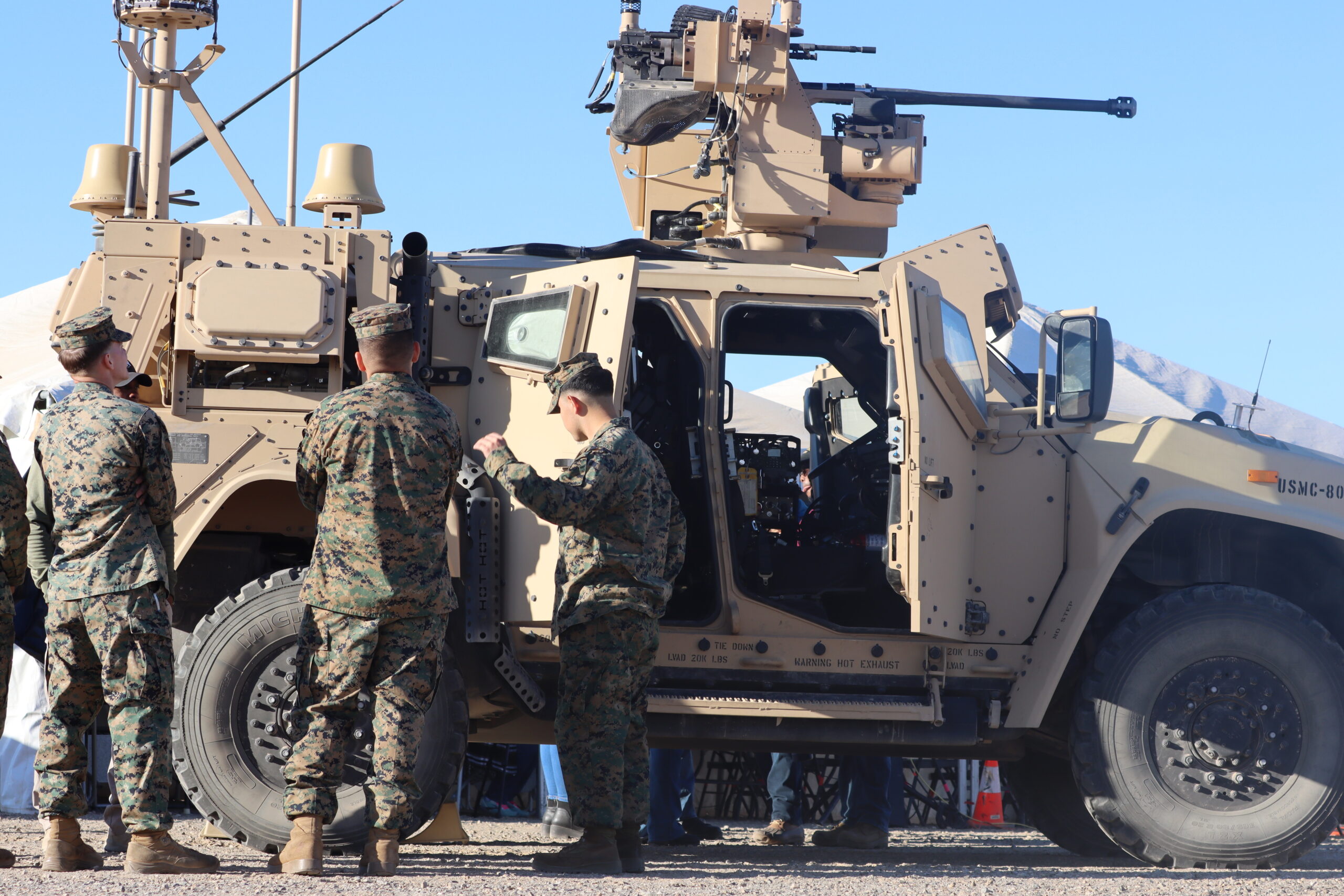
The Marine plans to begin fielding the latest versions of L-MADIS and MADIS in early 2025. The service has a stated need for 21 of the L-MADIS and 190 of the MADIS systems, according to Barefoot. As those systems make their way to low-altitude air defense battalions across the Marine Corps, the service is also working on a broader, and more nebulous, effort that will give every Marine access to drone defense and detection capabilities.
This could be an additional optic or targeting device that’s mounted onto every Marine’s service weapon, Barefoot said. He insisted the ultimate solution would not add to any Marine’s duties or take them away from other tasks. The Navy and Marine Corps have already tested at least one such system: a small number of SMASH 2000 computerized rifle sights were acquired by the Marine Corps Rapid Capabilities Office in 2021 to evaluate their utility for drone defense, among other uses. Special operators have also been using the system operationally in Syria for years, as well, and other countries are acquiring the systems for anti-drone applications.
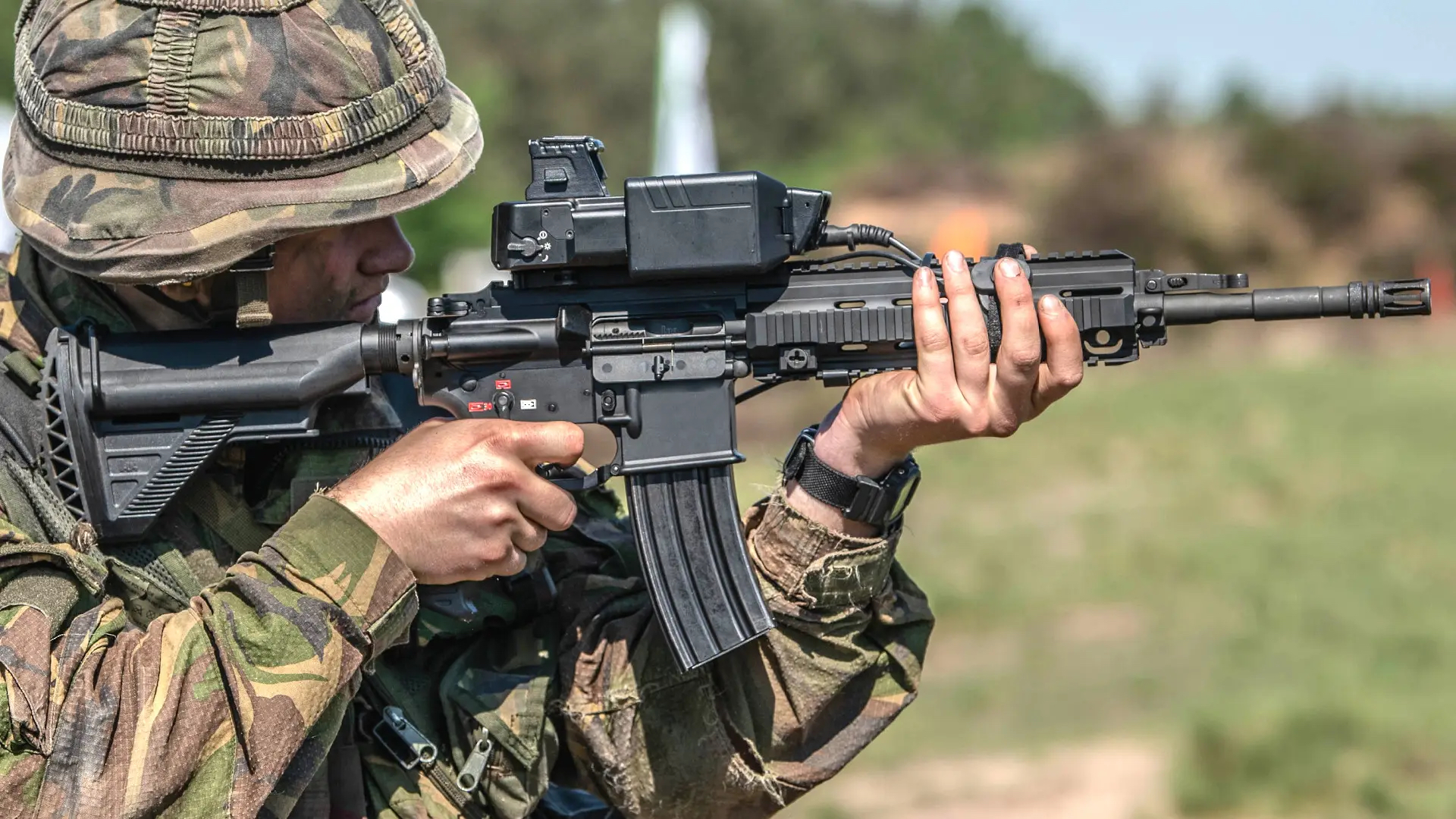
“It’s something that’s going to be rapidly deployable, [military occupational specialty] agnostic, easy to train, simple to use, and not detract from the individual’s primary MOS,” Barefoot said. So whether that’s a 0311 [infantry Marine], whether that’s a bulk fuel specialist… the goal with this system is to field something that provides an essential self-protection capability across all echelons of the [Marine air-ground task force] that doesn’t detract from whatever that individual’s primary job is.”
With the timeline for that initiative still undefined, the Marine Corps is also working on the last part of their three-pronged counter-drone strategy: installation defense. In January, Marine Corps Systems Command published a solicitation citing a “compelling need” for a weapon or technology that would protect Marine Corps bases and facilities from hostile drones, using “advanced technologies incorporated throughout the full kill chain.” The solicitation acknowledged that non-kinetic means of disrupting drones or bringing them down may be required to comply with local laws and policy.
This is all “a very hard nut to crack,” Barefoot said, noting that the small Marine Corps air stations will have much different drone defense needs than sprawling bases like Camp Pendleton, California.
“It requires a lot of in-depth analysis, systems analysis, and monumental engineering efforts to make that work across all the Marine Corps installations,” he said.
Nonetheless, the Corps has a tight timeline for fielding a system that checks all the boxes. Six bases are now using the Installation-Counter small Unmanned Aircraft Systems (I-CUAS) system obtained through an urgent need statement that uses a long-range sentry tower that provides radar and optical sensing along with passive radio frequency detection to identify drone threats. There’s no kinetic component for the system. Barefoot said the Marine Corps wants to field a base drone defense solution to 34 Marine Corps installations by the third quarter of next year.
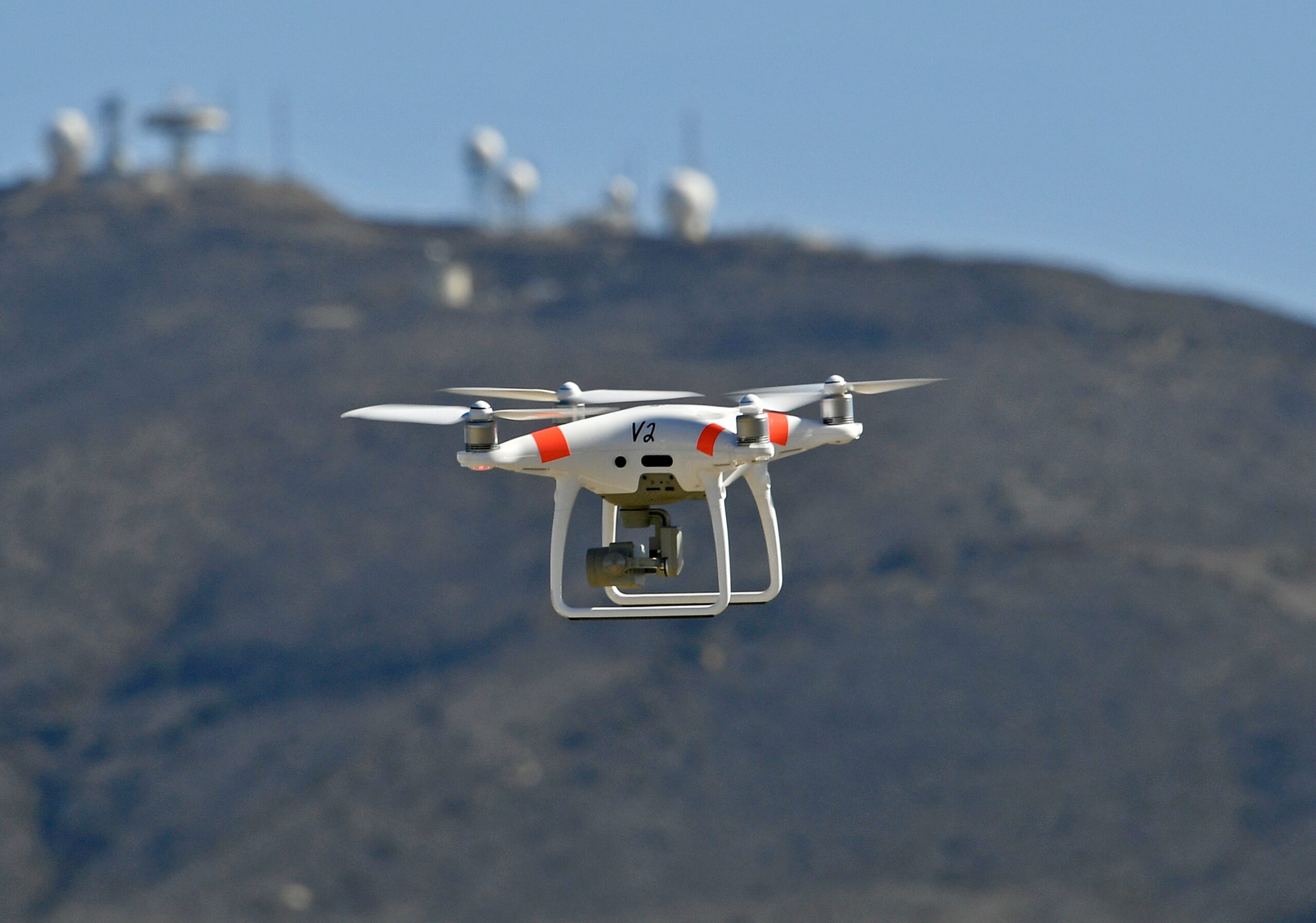
Even as the Marine Corps acts on its ambitious and comprehensive counter-drone vision, cognizant of a future in which unmanned aerial systems are increasingly ubiquitous and sophisticated, the challenges are daunting.
For one, the service doesn’t have a good way to distinguish friend from foe, said Lt. Col. Robert Barclay, the Marines’ ground-based air defense advisor for aviation expeditionary enablers. In scenarios where everything needs to be dropped out of the sky, this is not as important. On current and future battlefields, a distinguishing capability is likely to become increasingly critical. Israel’s bombing campaign over Gaza in the wake of the October 7 Hamas attack is demonstrating the extent to which this is a vulnerability: elsewhere at Modern Day Marine, another Marine officer revealed that some 40% of the drones Israel has been taking down are its own.
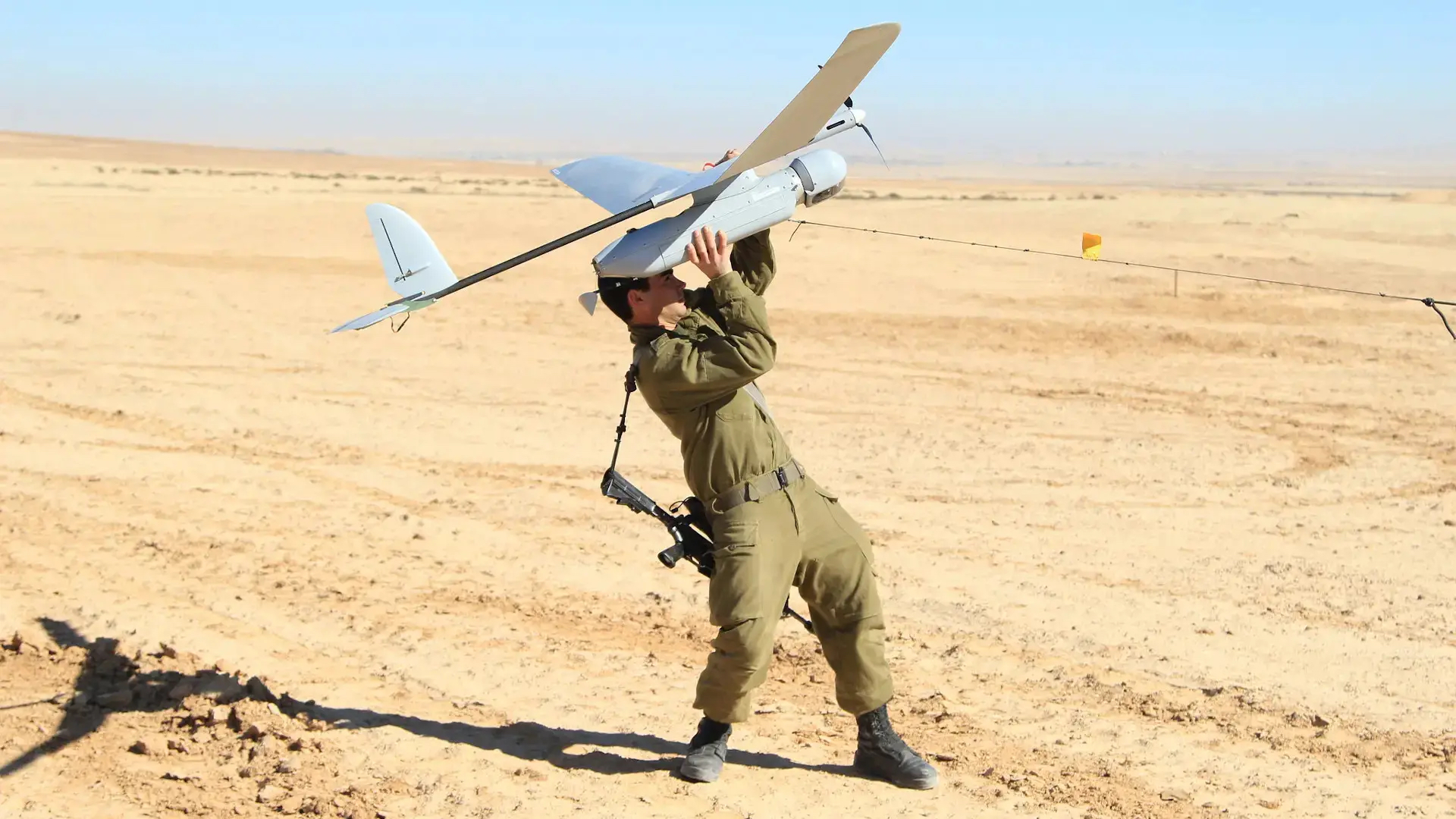
“Right now with aircraft, we have [identification friend or foe transponders], right?” Barclay said. “So we don’t put a Stinger missile onto a bird. So we need to do something like that.”
It’s also hard to get reliable data about what is and isn’t working in combat. Barclay and Barefoot said they gather data from the CIA and from sources in Ukraine, where drones are a key component of the ongoing war, among other sources. However, reporting and analysis are far from comprehensive.
“There’s not one good database to go to for information,” Barclay said.
Then there’s the reality that drones are getting better hardened against electronic countermeasures and jamming. Drones are becoming autonomous, and GPS-independent, and less likely to conform to the parameters that have informed many contemporary counter-drone weapons. You can read a detailed breakdown of these advances and their implications in this past TWZ feature.
“The threat is evolving in real time,” Barclay said. “We were playing a cat-and-mouse game a lot of times, and that quite frankly gets a little cumbersome, and you don’t want to be behind the power curve.”
For this reason, he said, systems like MADIS will have multiple generations over time with increasingly sophisticated capabilities. As the Marines strive to achieve dominance over the drone threat, an interesting parallel is taking place in the civilian sector: new reporting indicates that the “scalable, modular, multi-mission system” selected for protecting the Paris Olympics against drone attacks has not been performing as expected, with a much smaller effective perimeter than originally thought. Kinetic shoot-downs of drones in an urban environment are undesirable as they risk collateral damage. As new real-world cases like this emerge, it’s becoming clear that no one has likely uncovered all the facets of the problem from the emerging hell that is drone defense.
To the Corps’ credit, the service is well aware of its air defense challenges and is working toward a multi-tier solution. An aviation official this month described plans to triple the size of the Corps’ air defense forces within the next five years.
Contact the editor: tyler@twz.com
